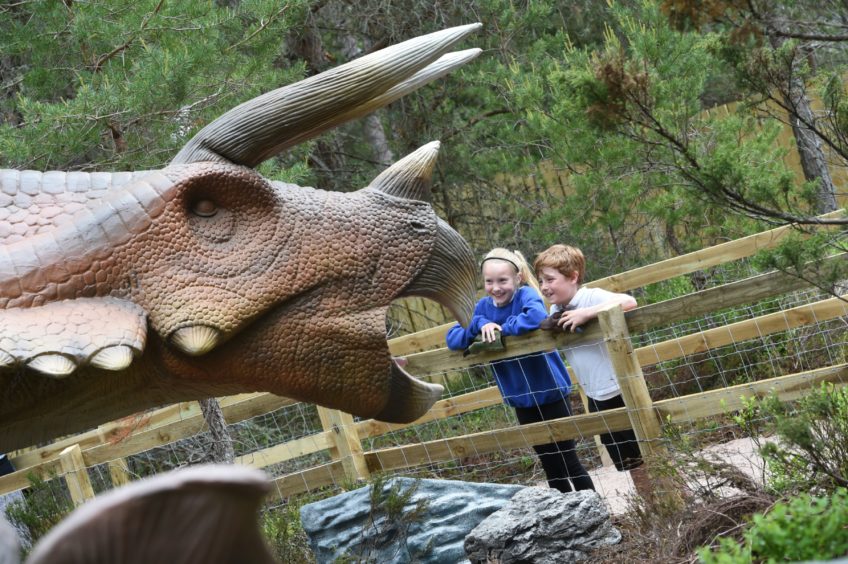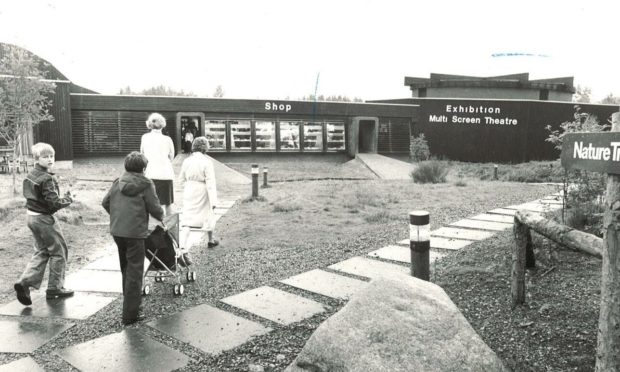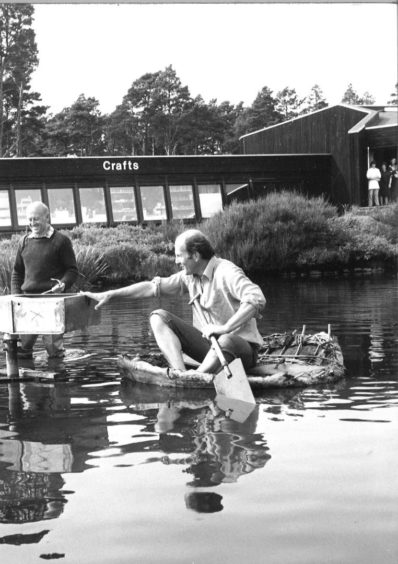Landmark was opened in July 1970 by an injured Duke of Edinburgh and was the first purpose-built visitor centre in Europe.
Built at a cost of £153,000, Landmark – the scene of a rollercoaster crash earlier today – was the brainchild of Braco-born David Hayes who took its inspiration from the many national parks spanning the US.
He invested £100,000 of his own money into the venture and received financial backing from the Highlands and Islands Development Board and the Countryside Commission.
Mr Hayes first saw how successful visitor centres could be when he worked for two years with the National Park Service in the United States.
Landmark was built on the edge of a 30-acre pine forest at Carrbridge and consisted of an auditorium and exhibition hall, a restaurant, craft shop, nature trail and picnic park.
Originally using the story of the Highlands as its main attraction, the park moved into local natural history and the story of the Caledonian pinewood.
“Landmark will blow the cobwebs off history and give it life for the visitor,” said Mr Hayes.
“It has not really been done this way in Europe before.
“Someone once described a visitor centre as a cross between a museum and a discotheque.
“I wouldn’t go that far but Landmark will set new frontiers for this sort of thing in Britain.”
The Duke of Edinburgh shrugged off ailments suffered playing polo to make the helicopter visit to Scotland to open Landmark during a two-day tour.
Prince Philip was taken to hospital just a few days before the trip when he was thrown from his polo pony during a match at Windsor.
He was already wearing a sling to rest his right wrist when he fell from the horse and suffered a number of torn ligaments in his right shoulder.
But not even losing the use of one arm could stop the duke!
He opened the attraction with his left arm in a sling and during his tour of the nature trail he was frequently seen rubbing his swollen fingers.
He made a special appeal to the public to become more countryside-minded so that its natural beauty could be maintained in a fast-changing scientific and mechanical age.
This was the public’s last chance, he said, to play their part to save Britain’s unique countryside from desecration.
“Until now we have not been able to do all that much damage to it,” he said.
“The equipment, materials and machinery people had at their disposal was relatively primitive and the destruction limited.
“But now suddenly we are confronted with an enormous area of mechanical and scientific devices of all kinds to exploit still further the countryside.
“We have on top of this tremendous mobility which allows people to move to any part of the country.
“There is tremendous interest in the possibility of exploiting the countryside for recreational interests and general scientific study.
“The combined pressure on the countryside is really too much for it unless we take care to control the pressure.”
The outdoor park still remains a blend of educational and adventure activities based around the forestry industry, still one of the main sources of income for the area.
We have opened DC Thomson’s vast archives to look back at life at Landmark over the past 51 years which has been enjoyed by generations of people.
Looking back at Landmark
Our first picture shows a family enjoying a picnic at Landmark in 1977.
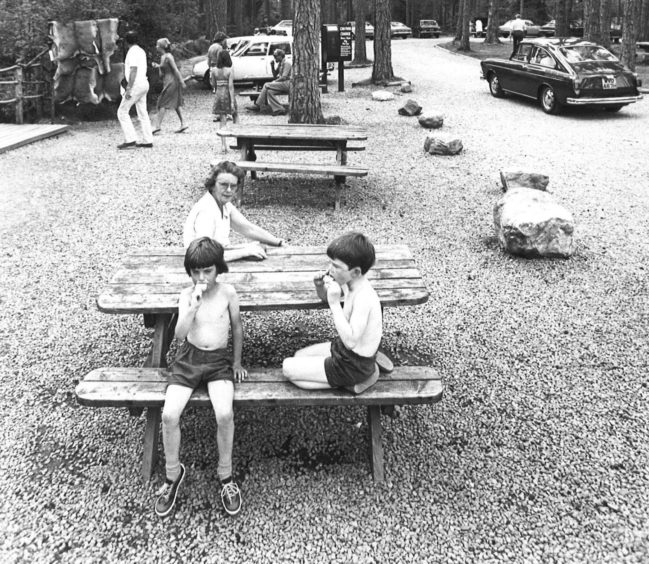
Up next is another image from 1977 of a family enjoying the nature trail.
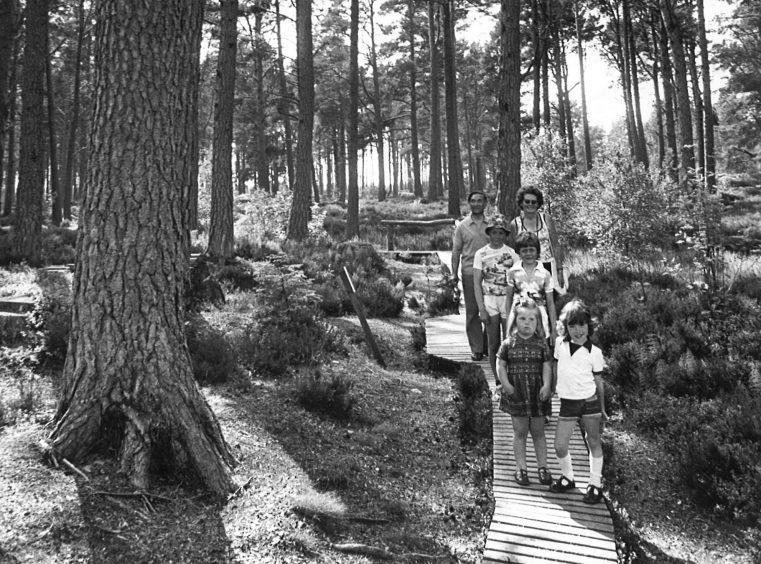
Here’s the Galloway family from Essex who visited the park in 1981 and decided to try out what was Britain’s first tree-top trail.
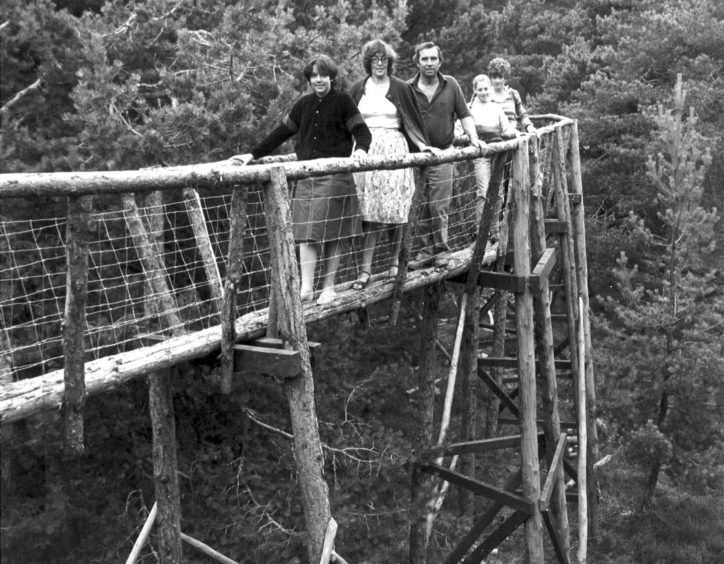
Lindsay McInnes, Ian McInnes and Landmark manager Ian Fullarton put together a new sculpture at the popular attraction back in 1982.
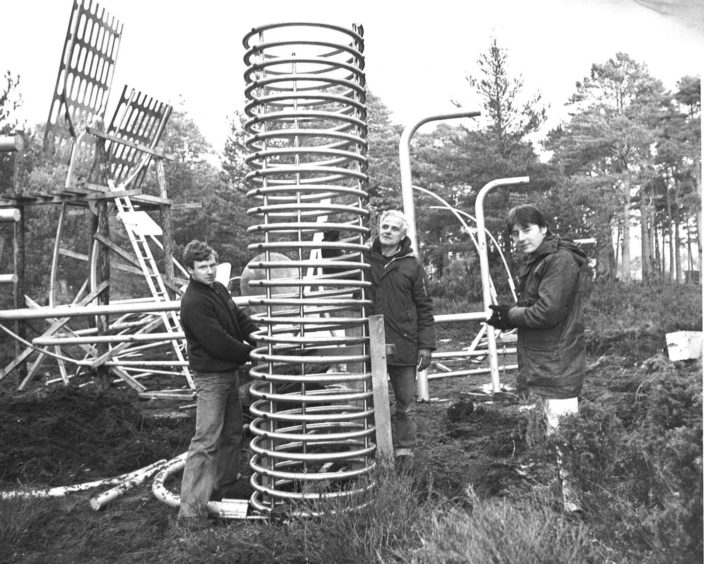
The photograph below was taken in 1991 when the visitor centre was celebrating its 21st birthday.
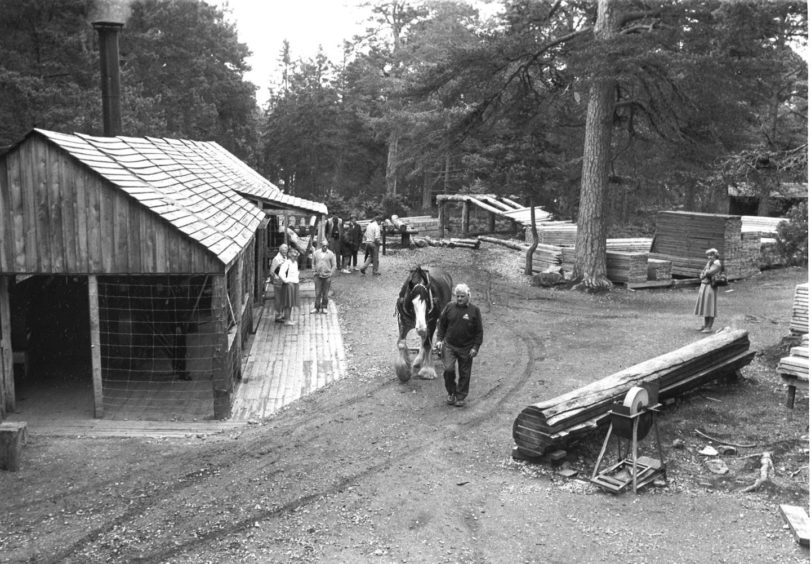
Finally we find Hollie Allsop and Robbie MacLean from Carrbridge primary at the opening of the Dinosaur Kingdom at Landmark in 2019.
